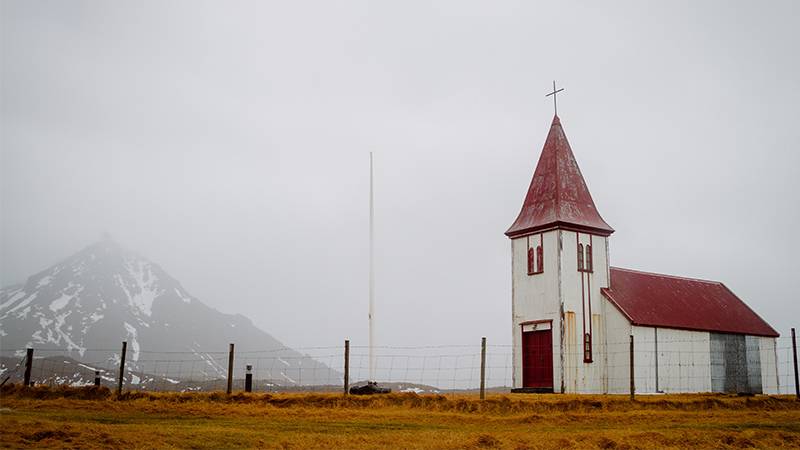In the quaint northern Michigan town of Charlevoix, the serene setting of Greensky Hill Indian United Methodist Church, a historical log building with a rich 200-year history, has become a beacon of environmental stewardship. The church, deeply rooted in Anishinaabe culture, is spearheading an initiative to install solar panels on its meeting hall, a testament to its commitment to “greening” and sustainable practices. This move reflects a broader trend sweeping across the United States, where houses of worship are increasingly adopting solar energy systems.As of 2021, approximately 2 percent of U.S. houses of worship have embraced solar power, a figure significantly higher than their overall representation among non-residential buildings. This adoption, however, comes with its challenges. Tight budgets, older infrastructure, and complex bureaucratic procedures often hinder the process. Moreover, the inability of these tax-exempt institutions to directly benefit from renewable energy tax incentives has traditionally been a stumbling block.Nonetheless, the landscape is changing. The federal Inflation Reduction Act has introduced a groundbreaking shift, offering direct pay tax credits to tax-exempt entities, including houses of worship. This provision, covering up to 30 percent of installation costs, is poised to catalyze the solar transition for congregations, aligning financial viability with environmental responsibility.
 As of 2021, about 2 percent of houses of worship in the United States have solar systems, according to Lawrence Berkeley National Laboratory, which the University of California manages for the U.S. Department of Energy. That’s disproportionately high; houses of worship make up only 0.6 percent of all non-residential buildings.
As of 2021, about 2 percent of houses of worship in the United States have solar systems, according to Lawrence Berkeley National Laboratory, which the University of California manages for the U.S. Department of Energy. That’s disproportionately high; houses of worship make up only 0.6 percent of all non-residential buildings.
Interfaith Power and Light, a national coalition advocating for climate action within religious communities, underscores the profound impact of this shift. Sarah Paulos, the organization’s programs director, anticipates a significant surge in solar adoption among houses of worship. She highlights the dual benefit of reduced utility bills, freeing up funds for these institutions to further their core missions.According to Grist, this movement is not merely about adopting renewable energy; it’s a profound integration of faith and environmental stewardship. Leaders like Leah Wiste, executive director of Michigan Interfaith Power and Light, emphasize the pivotal role of faith communities in driving climate action. These initiatives often transcend the physical installation of solar panels, fostering a broader awareness and engagement with sustainable practices.Despite the positive trajectory, challenges remain. The adoption of solar energy is not uniformly distributed, often mirroring socio-economic disparities. Wealthier, predominantly white and educated communities are more likely to implement solar technology, raising concerns about equity and inclusiveness in the transition to renewable energy. Furthermore, the unique financial and structural constraints faced by houses of worship necessitate innovative solutions and partnerships.Organizations like Solar Faithful are stepping up to bridge this gap. By facilitating easier access to solar technology and navigating the intricate financial landscape, they are enabling more congregations to make the switch. The success stories, like that of First Lutheran Church in Muskegon, exemplify the tangible benefits of these endeavors. Through power purchase agreements and strategic collaborations, congregations are not only reducing their energy costs but also reinforcing their commitment to environmental stewardship and community well-being.As the solar revolution continues to unfold across houses of worship in the U.S., it represents more than an energy transition. It’s a transformative journey where faith, community, and care for the environment converge, heralding a new era of sustainable and conscientious living.
More inspiring green news similar to this:


